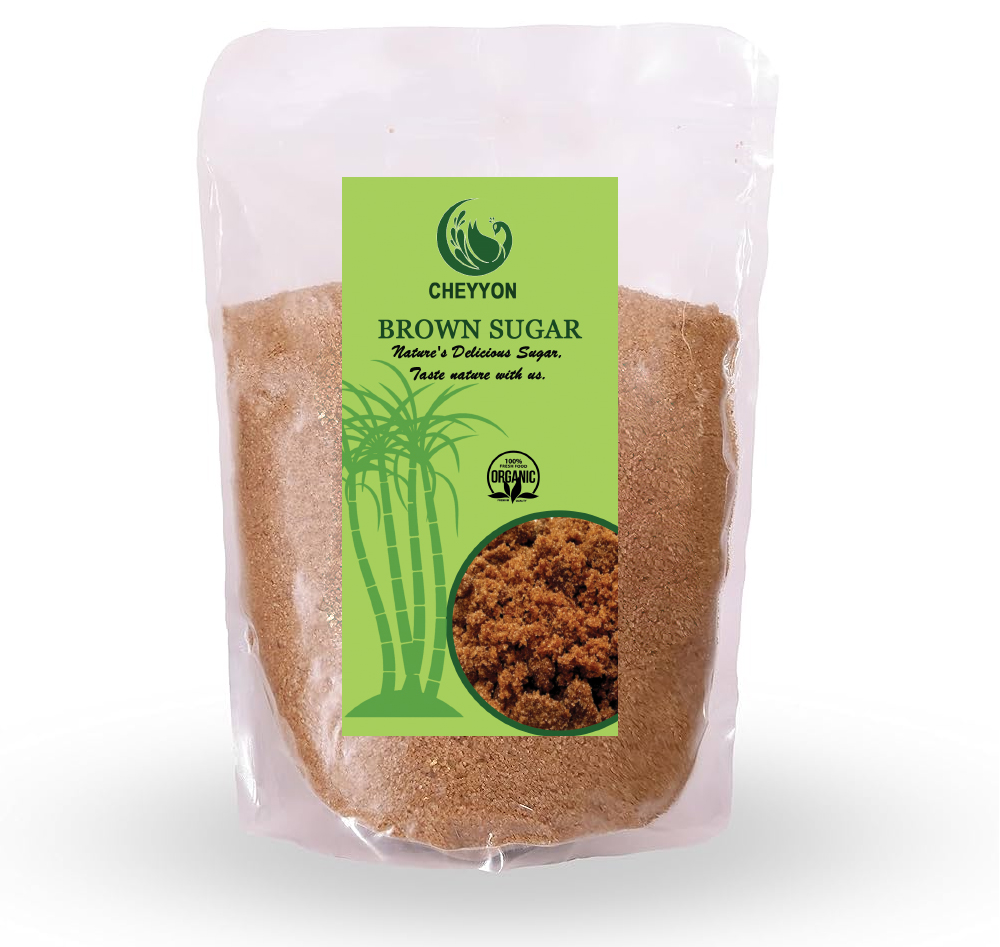Nature's Delicious Sugar, Taste Nature with us.




OVERVIEW
White sugar, also called granulated sugar or table sugar, is produced by refining sugar cane or sugar beets. A food processor juices the sugar cane or beets first, then boils the cane juice to evaporate the water. A centrifuge spins raw sugar at high speeds to remove the sticky brown syrup that coats the sugar crystals, known as molasses. Once the sugar has been refined, it’s put through a natural carbon filtration system to remove impurities and whiten the sugar granules. Types of white sugar: Granulated sugar, Superfine sugar, Powdered sugar & Sugar cubes.
We present to you pure and hygienic sugar to add little happiness moments to everyday life. Fine Grain Sugar that comes from Cheyyon, and Quick Dissolves Faster.
Raw Sugar
When sugar cane arrives from the fields, sugar millers grind and press it to extract the sweet juices. Crystals that form in the liquid are granules called raw sugar. After going through filtration and hot water washes, the sugar contains 96 percent sucrose and 4 percent of plant materials contained in the mother liquid. Vacuum-drying this product leaves a golden brown color and sweet taste but very little nutritional value, except for calories from the carbohydrate content. The raw sugar can either go to the consumer or to the refinery for further processing.
Molasses
After filtering out plant trash and raw sugar crystals, millers slowly evaporate the liquid, resulting in a rich, brown mixture called molasses. Molasses contains 46 percent dissolved sucrose and other sugars; 3 percent protein; small amounts of minerals like calcium, phosphorous, magnesium and sulfur; trace elements such as copper, iron, manganese and zinc; and B-vitamins. Molasses is used for both human and animal consumption. Producers may also mix it with raw sugar to facilitate transport to a refinery, or with white sugar to yield brown sugar.
Brown Sugar
Mixing white sugar crystals with various amounts of molasses results in a soft, lumpy product called brown sugar. The amount of molasses added depends on the producer, but you could expect light brown sugar to contain 3.5 percent molasses, while dark brown sugar might contain 6.5 percent molasses.Brown sugar imparts the taste of molasses to recipes and adds moisture to make a softer texture.
Coconut Sugar
Coconut sugar is also called coconut palm sugar. It’s a natural sugar made from coconut palm sap, the sugary circulating fluid of the coconut plant. It is often confused with palm sugar, which is similar but made from a different type of palm tree.







